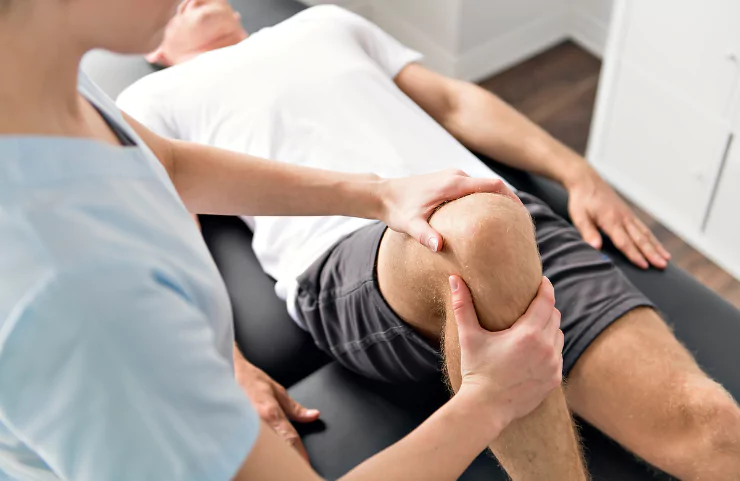
Physiotherapy has evolved far beyond basic stretches and walking drills. Today, we incorporate advanced modalities like robotic-assisted rehab, hydrotherapy, and neuromuscular re-education to accelerate healing. These innovations allow us to tailor recovery protocols with greater precision, especially for joint replacements and complex trauma cases. In Thane, we’ve begun integrating these techniques into our practice, ensuring that patients benefit from global advancements without leaving their city. For a deeper look into best practices and emerging technologies in post-surgical rehabilitation, explore this comprehensive review from Krishna College of Physiotherapy.

One of the most common questions we hear is, “How long will it take to walk normally again?” Recovery after joint replacement follows a structured timeline, beginning with pain control and gentle movement in the first few days, progressing to strength training and balance work over weeks. By the third month, most patients regain independence and resume daily activities. We guide each phase with clarity, adjusting based on progress and comfort. For a detailed week-by-week breakdown of joint replacement rehabilitation, we recommend Dr. Ashish Suryawanshi’s recovery guide.
Rehabilitation after ACL reconstruction is a marathon, not a sprint. The graft needs time to integrate, and the knee must relearn stability, strength, and coordination. We follow a phased protocol—starting with pain control and mobility, then progressing to strength, agility, and sport-specific drills. Rushing this process can lead to re-injury, while undertraining may cause stiffness and weakness. Our team in Thane ensures that each milestone is met safely. For a clear, patient-friendly breakdown of ACL rehab phases, visit Gleneagles Hospitals’ ACL recovery guide.
Trauma recovery isn’t just physical, it’s emotional, neurological, and deeply personal. After accidents or major surgeries, patients often face fear, stiffness, and loss of confidence. Physiotherapy helps rebuild not only movement but also trust in the body. In Thane, we’ve seen how structured rehab, combined with emotional support, transforms lives. From breathing techniques to gait retraining, each step matters. For insights into how physiotherapy helps trauma survivors reclaim their lives, read this powerful editorial from Greater Kashmir.
Recovery isn’t just physical, it’s emotional, too. After surgery, many patients experience anxiety, frustration, or even fear about moving again. These feelings are natural, and acknowledging them is part of the healing process. At AcktivOrtho, we’ve seen how physiotherapy helps rebuild not only strength but also confidence. Each session becomes a small victory, reminding patients that progress is possible. Our team offers encouragement, celebrates milestones, and creates a safe space for questions and concerns. When patients feel supported emotionally, their physical recovery often accelerates. In Thane, we’ve built a culture of care that treats the whole person, not just the joint.
Physiotherapy doesn’t have to wait until after surgery. In fact, prehabilitation, preparing the body before an operation, can significantly improve post-surgical outcomes. Strengthening muscles, improving flexibility, and learning basic movement patterns ahead of time gives patients a head start. At AcktivOrtho, we often recommend pre-surgery physiotherapy for joint replacements and ligament repairs. It helps reduce inflammation, improves circulation, and familiarizes patients with the rehab process. In Thane, we’ve seen how this proactive approach leads to faster recovery, fewer complications, and greater confidence. Preparing the body before surgery is like laying the foundation for a smoother, stronger comeback.
Q.1: Can physiotherapy prevent future injuries?
Ans. Absolutely. It improves muscle balance, posture, and coordination, reducing the risk of re-injury.
Q.2: What if movement feels limited after surgery?
Ans. That’s exactly what physiotherapy addresses. We help restore range, strength, and control—step by step.
Q.3: Do we need to start physiotherapy immediately?
Ans. In most cases, yes. Early movement helps reduce stiffness and speeds up recovery. We tailor the timing to each case.
Q.4: How long does recovery usually take?
Ans. It depends on the procedure. Joint replacements may take 3–6 months, while ligament repairs can extend to 9 months. We guide each phase.
At AcktivOrtho, we’ve always seen recovery as a shared journey—not a solo effort. Surgery may set the stage, but physiotherapy brings the performance to life. Every stretch, every step, every moment of progress is a testament to what’s possible when science meets compassion. In Thane, we’ve built more than a clinic. We’ve built a space where patients feel seen, supported, and empowered to reclaim their movement and confidence. Whether we’re guiding someone through their first walk after joint replacement or helping an athlete return to sport, our commitment remains the same: personalized care, ethical practice, and long-term wellness. Let’s take the next step together.
Call us at +91 99670 63812 | Visit acktivortho.com to begin your recovery journey

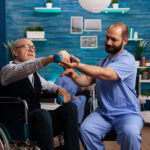



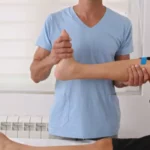
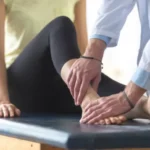
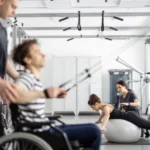
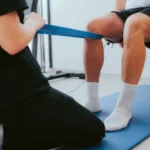



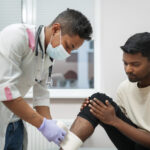


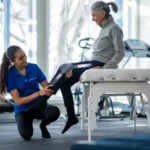
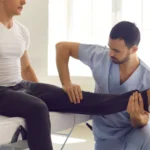
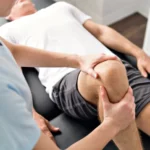

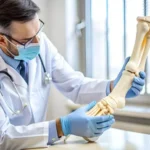
Guided by care and strengthened by trust, healing begins where hope meets expertise.